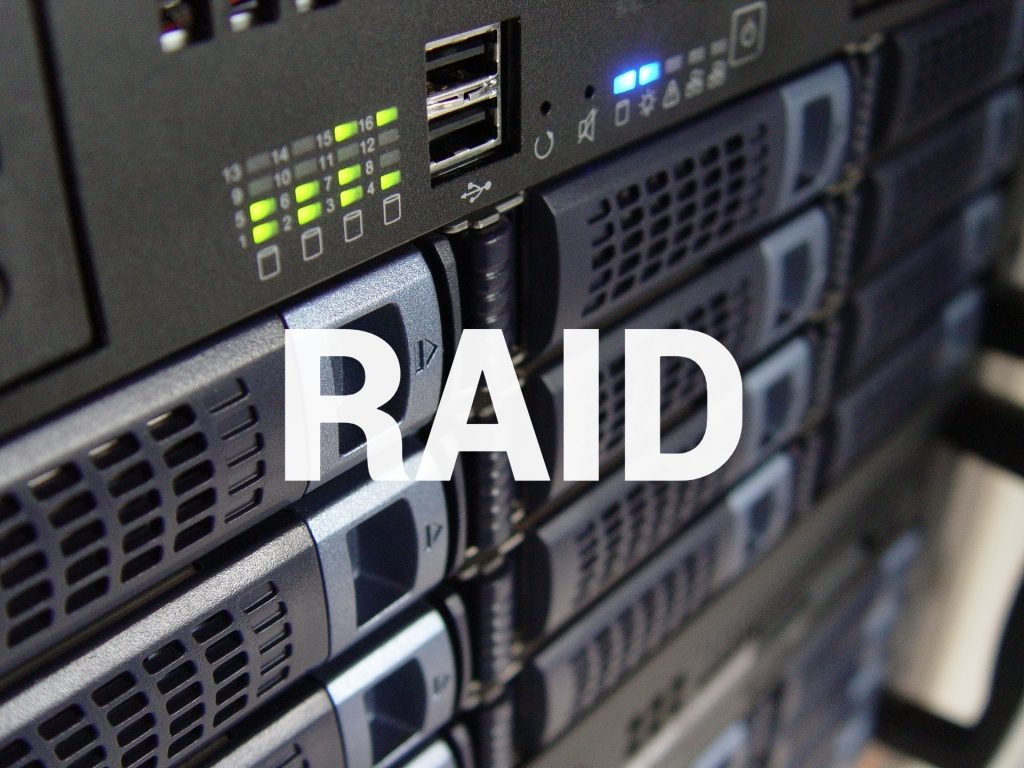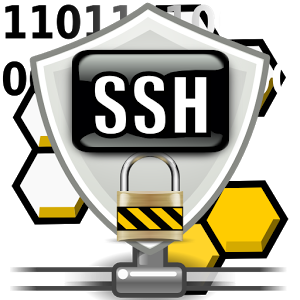
First, RAID is not a backup solution – it protects against drive failures but not data corruption or disasters. Always employ offsite backups or other disaster recovery options.
I often get questions about RAID 1 (mirroring) and whether to use software or hardware solutions. Both have pros and cons. Some argue a hardware RAID controller adds a failure point, but the main reason to choose software RAID is cost – it’s free if your OS supports it. If you go with hardware RAID, ensure the controller is compatible with your motherboard’s PCIe slots.
Firmware RAID Quirks
Firmware RAID (sometimes called BIOS or onboard RAID) is a hybrid solution built into many motherboards. It’s essentially a budget version of software RAID, relying on the motherboard’s chipset and OS drivers. If your motherboard fails, you’ll likely need a similar model to read the array, as drives won’t work in systems with incompatible chipsets.
Redundancy or Performance?
Most of us want both! Software and hardware RAID both deliver redundancy in RAID 1, but hardware RAID shines for performance, especially in database-heavy servers. Its dedicated processor and cache offload work from the CPU, unlike software RAID, which can struggle with complex RAID levels like 5 or 6.
Hardware RAID Perks
Hardware RAID offers detailed notifications for drive failures (via software or LEDs) and typically supports hot-swapping, letting you replace drives without shutting down. Software RAID can identify failed drives but often lacks polished monitoring tools. Hot-swapping is possible with software RAID only if your hardware supports it, which is rare in budget setups.
Performance Drawbacks of Software RAID
Software RAID uses your CPU to manage the array, which isn’t a big issue in RAID 1 but can slow down servers in RAID 5 or 6 due to parity calculations. Modern multi-core CPUs handle RAID 1 well, but weaker systems may struggle with more complex setups.
Multi-OS Environments
For systems running multiple operating systems (e.g., Windows and Linux), hardware RAID is ideal. It presents the array as a single drive, accessible by any OS. Software RAID arrays are often tied to the OS or RAID implementation – for example, a Windows Storage Spaces array may not work in Linux.
Boot Volume Myths
In the past, software RAID couldn’t easily support boot volumes, but modern systems like Linux mdadm, ZFS, or Windows Server allow booting from RAID 1 arrays. Setup is trickier than with hardware RAID, which handles boot volumes seamlessly.
My Recommendation
Choose based on your budget and priorities. Software RAID is cost-effective for home servers with light workloads but has performance and feature limitations. Hardware RAID costs more (controllers range from $100 to $1000+) but offers better performance, hot-swapping, and monitoring, making it worth the investment for business-critical or database-heavy servers.

BROUGHT TO YOU BY PROLIMEHOST
We’ve been in the web hosting industry for over a decade, helping hundreds of clients succeed in what they do best and that’s running their business. We specialize in Virtual Private Servers (VPS) and dedicated servers, with data centers in Los Angeles, Denver & Singapore.
VPS SERVICES: LIGHTNING FAST SSD VIRTUAL SERVERS
Our Virtual Private Servers all feature high performance Xeon processors and SSD storage in a RAID10 configuration to optimize your server’s performance, which dramatically enhances visitor experiences on your site.
That speed is backed by unparalleled 24/7 support, featuring both outstanding response AND resolution times to maximize your uptime.
Now is the time to join the ProlimeHost virtual private server revolution.
DEDICATED SERVERS: BACKED BY A 99.9% SLA NETWORK UPTIME GUARANTEE
We only use enterprise-class hardware in our dedicated servers and offer a four (4) hour hardware replacement. Throw in IPMI for remote management, support for public and private networks, free operating system (OS) re-installs, and SATA, SAS & SSD (including NVMe) storage. Call 1-877-477-9454 or contact us. For everything from gaming, AMD and GPU servers to cheap dedicated servers, we’re here to help.
ASIA OPTIMIZED NETWORK: IMPROVING CONNECTION SPEED AND QUALITY
Procuring an Asia optimized server improves the connection speed and quality between the server and the users in Asia or China. This can reduce latency, packet loss, jitter, and bandwidth issues that can affect the performance and reliability of the server and the applications hosted on it. For more information, please call 1-877-477-9454 or contact us.

